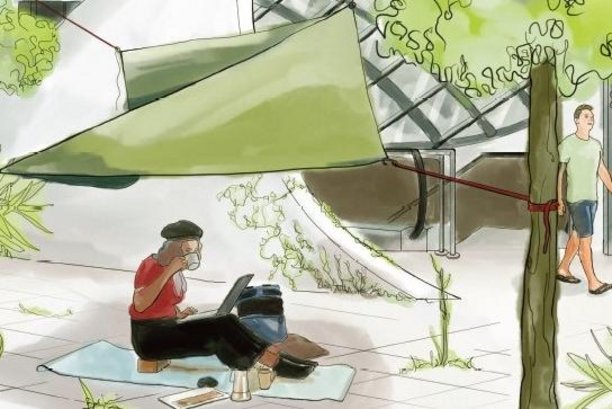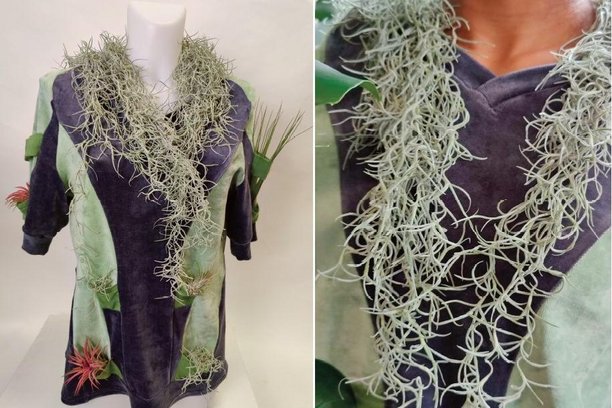Beyond air conditioning: how design can inspire us to deal differently with heat
One in five Dutch people now has an air conditioner. But is this really the only solution to the increasingly warm climate in our country?
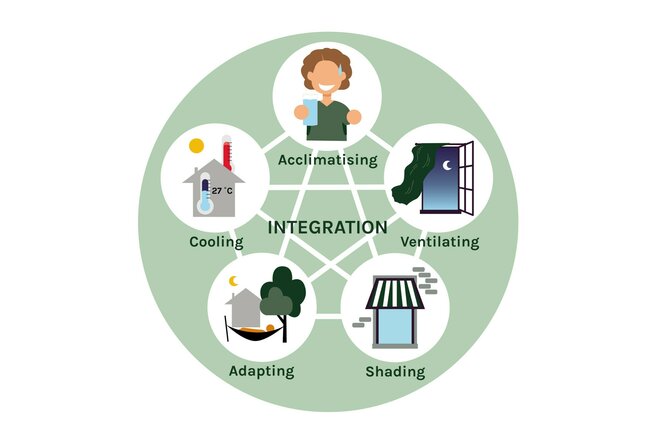
During the heatwaves that gripped Europe this summer, many people must have been happy with their air conditioner. How wonderful, a cool house, a cool bedroom and a cool study! What more could you ask for? But is artificial cooling really the best or only solution to our hot homes? TU/e researcher Lenneke Kuijer is stimulating creative thinking on the future with a series of bold designs. How about a cooling shirt with plants that live off of your sweat or a confetti cannon that spreads coolness?
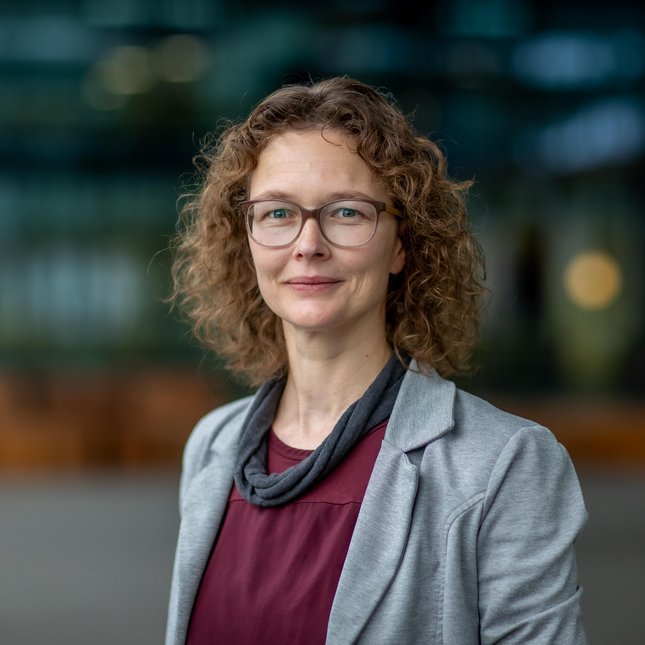
Kuijer works for the Future Everyday group in the Department of Industrial Design and is also affiliated with EIRES, the energy institute of TU/e. She performs research on the future of summer comfort in Dutch households. As part of this, she and her research partners and design students have been looking for alternative ways to keep the heat in our country livable.
“Not because I have anything against air conditioners; in some cases, they certainly make sense,” says Kuijer. “But there are also drawbacks: everyone knows that an air conditioner uses a lot of electricity, which in turn contributes to the greenhouse effect. Besides, once you get used to an air conditioner, research shows that it’s hard to go back.”
Techno-hedonist
For Kuijer, the air conditioner represents a certain way of thinking, one that seeks the solution to the heat problem primarily in devices and smart technology. “Industrial designers often have a certain type of consumer in mind, which you could describe as the techno-hedonist. This fictive character, who is mainly interested in automated, luxurious experiences that require little effort, is still the target audience for many new products that deal with heat – like the air conditioner, that is.
“However, I know from my own research that many people do want to consider other ways of coping with the new ‘normal’ of hot summers. It would be a shame not to make use of that, especially if we can limit the use of air conditioning with it.”
Stimulating provocations
The concepts of Kuijer and her colleagues are primarily intended to get the creative process rolling. “My main focus at this stage of our research was to stimulate people and companies to think about what is possible. The ideas are therefore also intentionally provocative.”
To identify possible future scenarios, the researcher used an innovative mix of four design methods: Practices-Oriented Design, Co-performance, Critical Design and Role Play. These methods intentionally focus more on changes in daily life that require effort and flexibility than on technical solutions.
“That may sound crazy for a researcher working at a university of technology. But by also looking at solutions that don’t revolve around technology, comfort and convenience, you get to see all sorts of new ways of dealing with heat that you might not otherwise consider. Ultimately, it’s about stretching the design space.”
All in all, Kuijer and her students came up with 16 concepts, some more inventive than others. In this article (see the boxes), we describe five of them, each of which opens up an additional design dimension. These are time, space, body, personal cooling and skills.
Follow-up
The researcher, who published an initial report on the subject last year, acknowledges that not all ideas have been exhausted.
“I’m sure that there are many dozens of other ideas to consider. But the point is that the concepts that we have developed broaden the design space in the project and provide insights into possible advantages and disadvantages of these additional design spaces. I’ll take these insights into the next phase of my research.” In doing so, Kuijer and her partners in the project will work towards realistic proposals for the healthy, energy-efficient handling of heat, in which technology will certainly play a role.
Kuijer’s research is part of a four-year VENI project Anticipating the role of smart technologies in the dynamics of everyday life, which is funded by NWO and runs until 2023.
The entire report can be read here.
Media contact
More on Sustainability

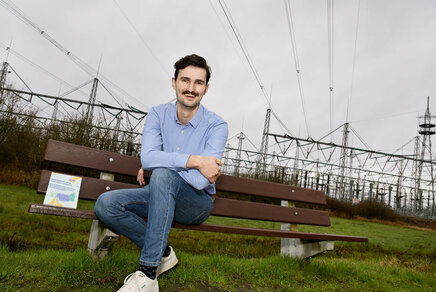

Latest News




